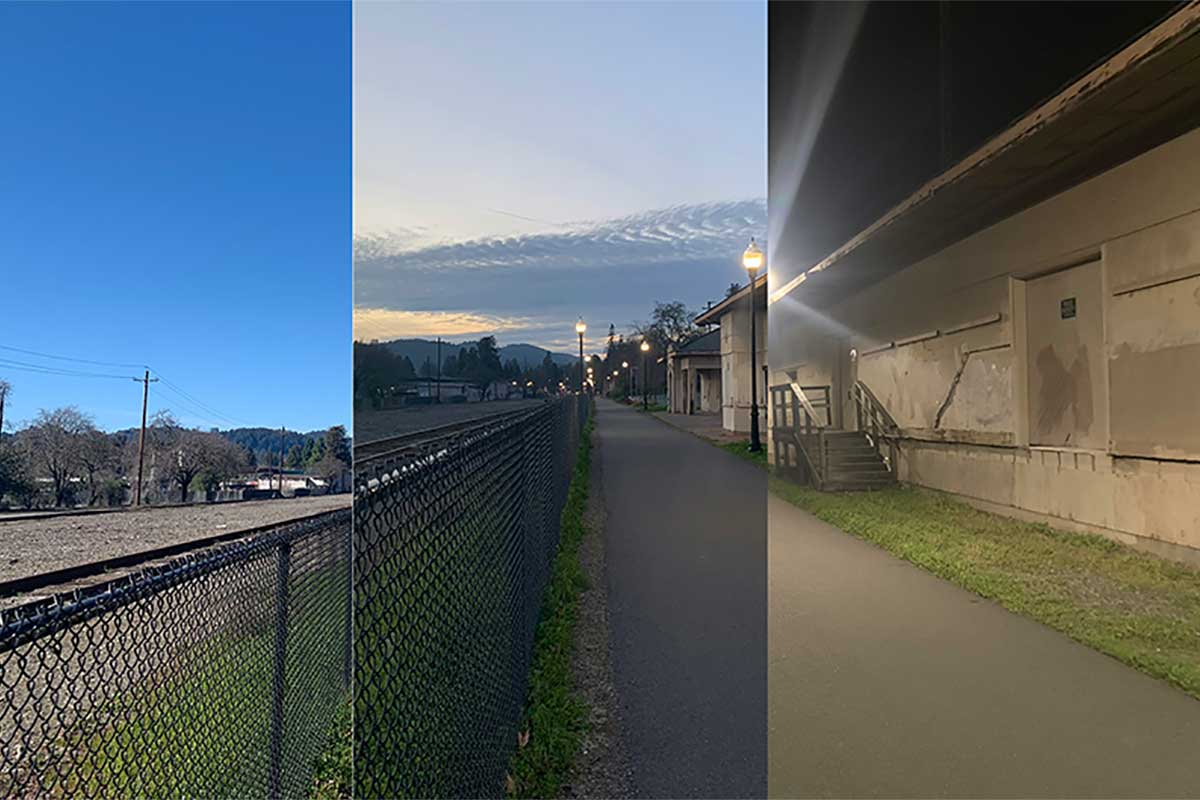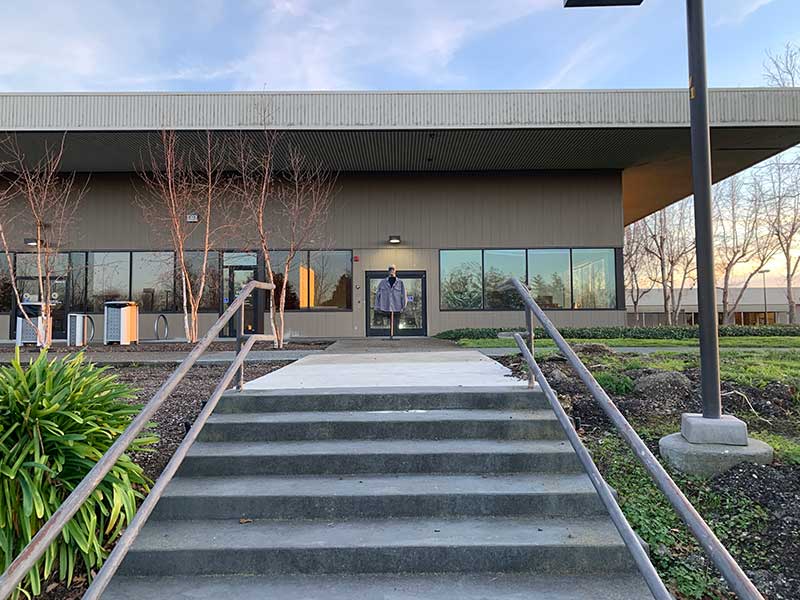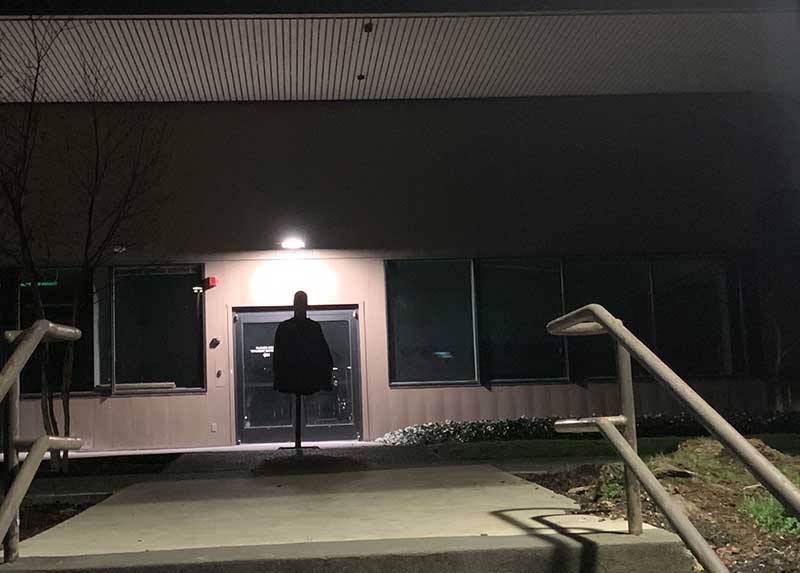
AC-020322-LowLightConcerns-LightingChanges-800
Low light concerns get an awful lot of attention. A fair amount of that could be because of us fearing the unknown. And the dark is definitely an unknown. Also, let’s face it, some flashlights are cool.
Low light isn’t just a time of day (or night). It is the lighting conditions you find yourself in at the moment.
There are four primary lighting conditions. What they are is far more critical than what they are called; however, you’ll get the names because I nerd on this occasionally.
The first is broad daylight. We all get it; the sun is out, nothing is blocking it. We can see as far as our eyes allow. While environmental conditions such as fog or smoke may impact it, it’s still broad daylight. Unless you have color vision issues, we see everything in full color. The term for this type of light? Photopic.

This was taken about dusk, as the sun set. In this series of photos, without additional light, this is the best view of the subject. Front & back lighting aren’t issues either.
Dawn and Dusk and the shift from night to day, or vice versa, is the second type of condition. It’s known as the Diurnal transition. During this, colors will shift from greyscale to full color.
Do you need a light in either of these environments? Do you want one? Yes, because they can change.
Next up is nighttime with good illumination from a full moon, streetlights, and the like. Our eyes work closer to our norm here than in darkness – where there is sufficient light. Outside of that, our eyes have the same problems they have in what we traditionally think of as “the dark.” Mesopic is the scientific term.
The last one goes from minimal starlight to moonless nights; your vision has degraded significantly. If your age, physical condition, and lack of medical issues allow for it, you may well be dark-adapted within the hour. Off-center viewing caused by how your eyes work will be the norm, but you’ll pick up on movement. There won’t be any colors either. This is scotopic lighting. To make any kind of reasonable decision in this lighting condition, you’ll need either night vision or white light.

At night, back lit but without any light from the front. What is this guy doing? Anything in his hands? Is that backlighting a problem for us?

The darkness in general and the backlighting are less of an issue and it is easier to what is or isn’t in front of the subject – all because of a adding a classic Surefire 6P light to the problem.

Now he’s illuminated with a Modlite handheld light using their PLH head. All that has changed is the amount of light I added to the situation.
What do we use the lights we carry for?
First, we are searching. What or Who is out there? Our ancestors may have done that with a torch or a lantern; we have handheld lights to work with.
Second, we are navigating. Going from point A to point B. The light is helping us to choose our path, find and avoid obstacles.
Then, we use our lights to communicate. “Bob, can you check that door? No, the door to the left, Bob?” – as I shine my light on it. My words may not always convey what I want, but the visible beam, from a light or laser, communicates it fine. Or, it can be “I’m over here” as I flash my light.
Next up is the use of the beam to identify. Is that our kid coming through the garage door at 2AM? You know, the one who snuck out again regardless of what we said. Yes, I’m using the light to see who is there before I add the muzzle of a firearm to the problem. The safety rules haven’t changed with the lighting condition; we still “never let our muzzle cover anything we aren’t willing to destroy.”
Control, we have located who or what we are looking for the light can be used to assert some control over them. “Stay there! Don’t move!” The light can be used to prevent another person from gathering information by preventing them from seeing escape routes (unless you want them gone), the number of those present, potential aiming points, or other pieces of useful information at that moment.
This is just the first of a series of low-light articles. If you have questions, when you have questions about this material – please reach out and ask. We are on social media; you can follow the links at the bottom of the e-mail each Thursday.















